A temple is a house of God. It is a place designed to bring humans and Gods together and it also reflects beliefs, ideals, values, art and a way of living under Hinduism. According to Indian texts, a temple is a place for Tirtha and Hindus believe that there is no such line between the secular and the sacred. Hindu temples are not just sacred, but they are also secular spaces.
Apart from this, some Hindu temples are so much popular not only in India but all across the world that people comes there from everywhere and donate money and gives a lot of things. According to Hindu belief, we give one tenth of money to God. So people gives that money to the temple and these rules were also followed by the Kings of many states as well due to which there is so much money which has no record and according to a report, this amount is so big that even after paying the whole international loan every Indian will get a sufficient amount to live without working for next 2 years.
Talking about the temples, here is the list of 10 richest temples in India.
1- Padmanabhaswamy Temple
- Location: Thiruvananthapuram, Kerala.
- Wealth: Contains treasures exceeding $30 million, including gold, diamonds, and jewels.
- Historical Significance: Closely linked to the Travancore royal family, showcasing rich cultural heritage.
- Architecture: Features intricate carvings and an iconic idol of Lord Vishnu in a reclining posture.
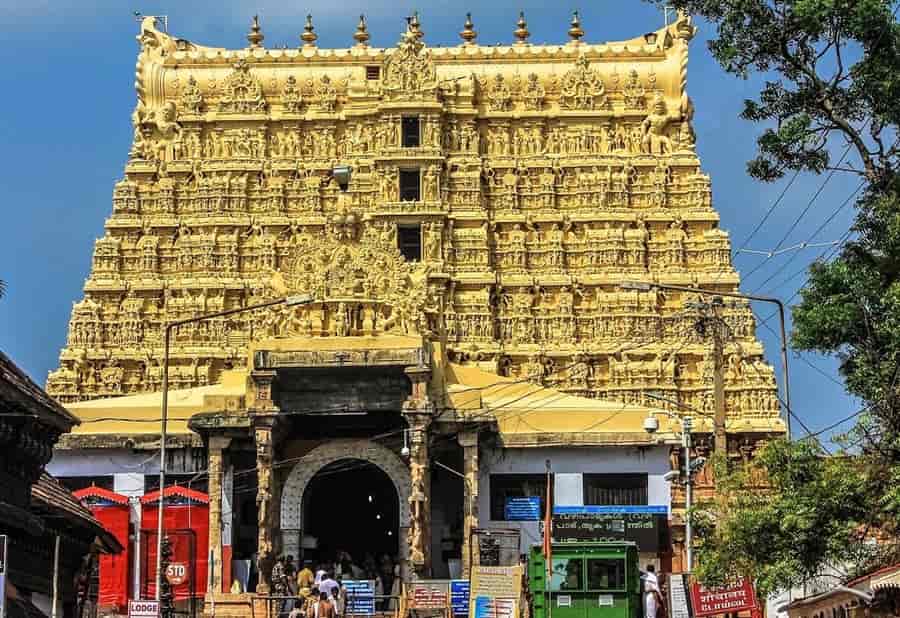
Padmanabhaswamy temple is located in the center of Thiruvananthapuram, Kerala. Recently a treasure worth more than 30 million dollar was found in the basement of this temple which was untouched from hundreds of years. This treasure actually belongs to the Travancore royalty. There were 6 vaults piled with Gold and diamonds in this temple and behind every door there were sacks of diamonds, gold coins, silver and many very expensive jewels.
This was enough to run a whole country without even taking a penny from any other person. After this discovery, Padmanabhaswamy temple is now the richest temple in India.
- Also Read: 20 Most Famous Hindu Temples in Kerala
2- Tirumala Tirupati Venkateswara Temple
- Location: Tirupati, Andhra Pradesh.
- Visitors: One of the most visited religious sites in the world, attracting 50,000 to 100,000 visitors daily.
- Wealth: Receives substantial donations, estimated at over 650 crores annually.
- Significance: Dedicated to Lord Venkateswara, a form of Vishnu, and known for its elaborate festivals.
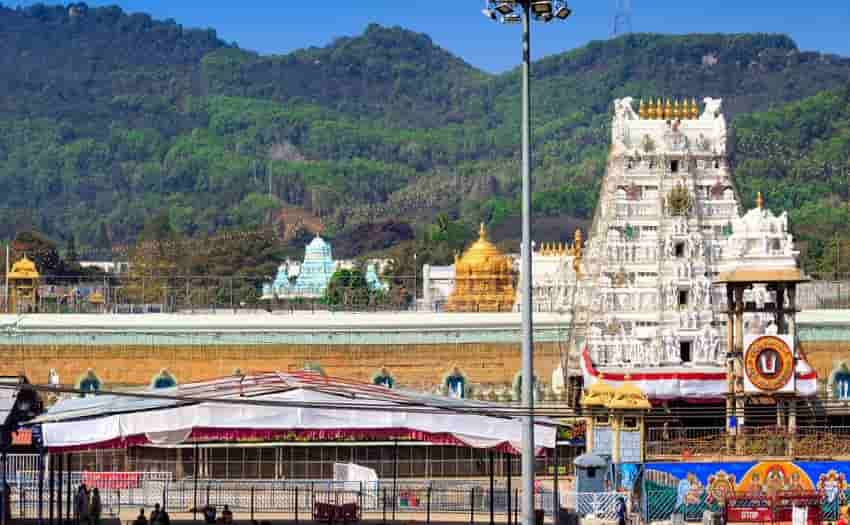
Tirumala Tirupati Venkateswara temple is a very famous Vedic temple which is located in the hill town near Tirupati, Andhra Pradesh. This temple is the most visited worship place in the world. This is visited by 50,000 to 1,00,000 people per day and almost 50 million annually on an average. But on some special occasions like the annual Brahmotsavam, the number of tourists per day shoots up to 5,00,000 which makes it the most visited place in the world. It is also the world’s richest temple after Padmanabhaswamy temple currently. But before the discovery of that Royal treasure in Padmanabhaswamy temple, this Tirumala Tirupati Venkateswara temple was the richest temple in the world.
3- Shirdi Saibaba Shrine
- Location: Shirdi, Maharashtra.
- Visitors: Millions visit each year, representing diverse faiths and backgrounds.
- Wealth: Generates approximately 300 crores in donations, with significant assets in gold and silver.
- Cultural Importance: A site of pilgrimage honoring Sai Baba, promoting messages of love and unity.
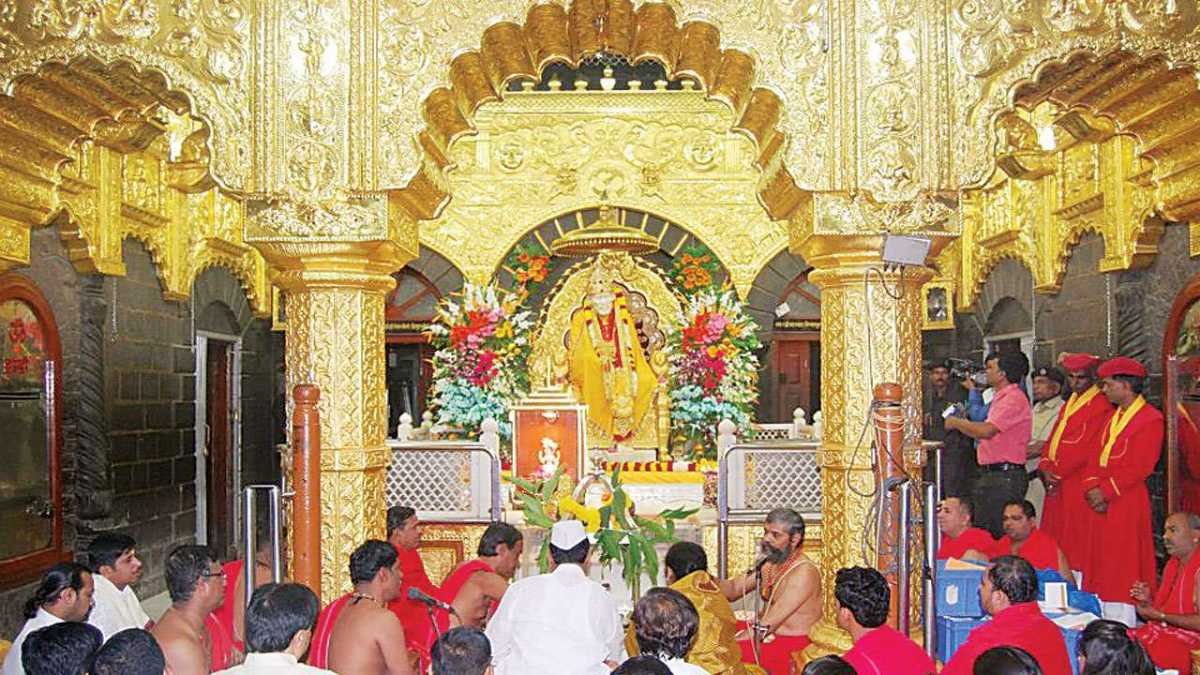
Shirdi Sai Baba Temple is located almost 300km from Mumbai, India. It is also called as the Land of Sai and it is closely and highly connected with Ahmednagar. This temple was established here in 1922. Shirdi Sai Baba temple is the third most richest temple in India. Almost millions of devotees comes here daily from different religion and caste. The temple has silver coins worth 6 lacs INR/- and it also has gold and silver jewelry of worth 32 Crore INR/-. Except for this temple also get a donation of almost 300 crores every year.
4- Mata Vaishno Devi Temple
- Location: Katra, Jammu & Kashmir.
- Significance: A revered pilgrimage site believed to grant wishes to devotees.
- Visitors: Attracts millions annually, especially during the Navratri festival.
- Wealth: Receives around 500 crores in donations each year, supporting temple operations.
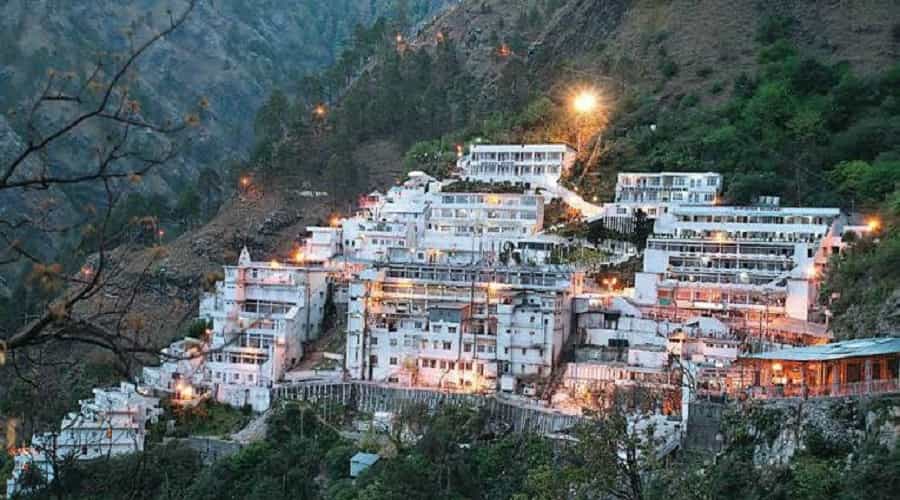
Mata Vaishno Devi temple is not only one of the oldest temples in India but also one of the most popular one. According to Hindu people, this temple is very holy and Mata fulfills whatever her children wish for. Millions of devotees, every comes here to take blessings from Mata Vaishno Devi from all across the world. According to a report, Mata Vaishno Devi temple gets a donation of 500 crore INR/- which brings this temple into this list of richest temples.
5- Siddhivinayak Temple
- Location: Prabhadevi, Mumbai.
- Devotion: Highly frequented by Bollywood celebrities and local devotees alike.
- Wealth: Notable for significant donations and a dome coated with 4 kg of gold.
- Cultural Impact: Acts as a symbol of faith, particularly associated with Lord Ganesha.
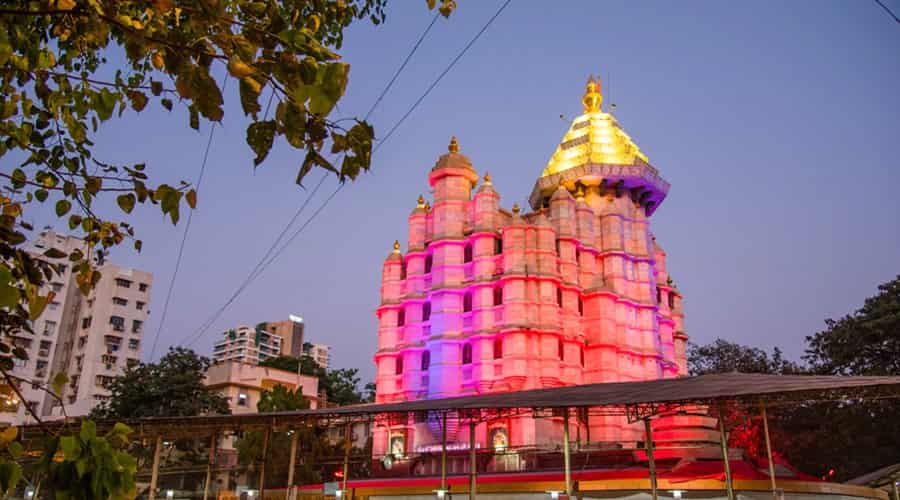
The Siddhivinayak temple is a Hindu temple dedicated to Lord Ganpati. It is located in Prabhadevi, Mumbai, India. This temple was built on 19 November 1801 by Laxman Vithu and Deubai Patil. This temple is not only popular among the normal people, but the Indian Film Industry also has a huge trust in this temple and many stars from every religion comes here to take blessings from Lord Ganpati. The dome over the temple is coated with almost 4 kg of Gold which was donated to the temple by a Kolkata based Businessman. This temple also receives a lot of money through donation which brings this temple in this list.
6- Golden Temple
- Location: Amritsar, Punjab.
- Significance: The holiest Gurudwara in Sikhism, known for its stunning architecture.
- Wealth: Receives extensive donations from Sikhs and non-Sikhs around the world.
- Community Role: Famous for the langar (community kitchen) that serves free meals to thousands daily.
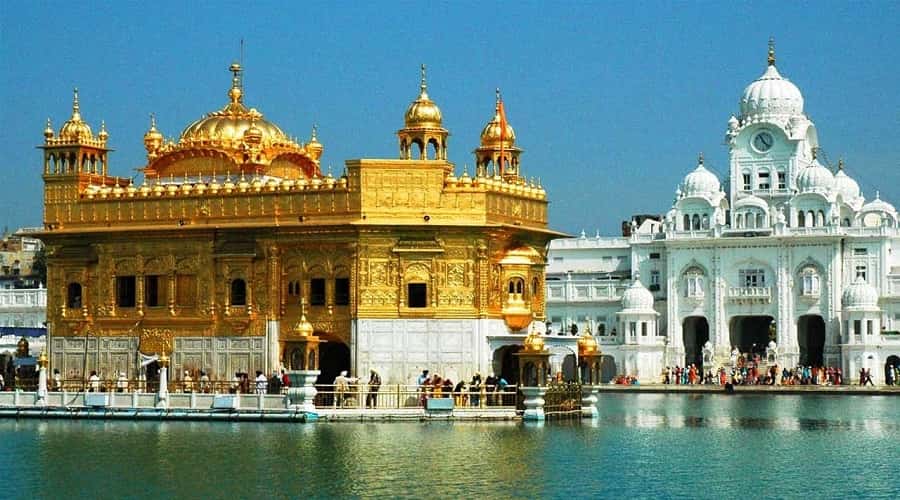
Golden temple is also known as Harmandir Sahib and Darbar sahib which is located in Amritsar, Punjab. This is the holiest Sikh Gurudwara. the city Amritsar was founded by the fourth Guru of Sikh, Guru Ram Das. The Golden Temple was designed by the fifth guru of Sikh, Guru Arjan. Guru Arjan also completed the Adi Granth as well. This is the most famous Sikh temple all across the world and people from all across the world from different caste and religion comes here to see this amazingly built temple. The canopy is made of Gold and silver and the Adi Granth is decorated with many precious gems and jewels. This temple also receives a large amount as a donation from throughout the world.
7- Somnath Temple
- Location: Gujarat.
- Historical Significance: One of the oldest temples and first among the 12 Jyotirlingas of Lord Shiva.
- Wealth: Generates considerable donations, reflecting its enduring importance to devotees.
- Cultural Legacy: Rebuilt multiple times throughout history, symbolizing resilience and faith.
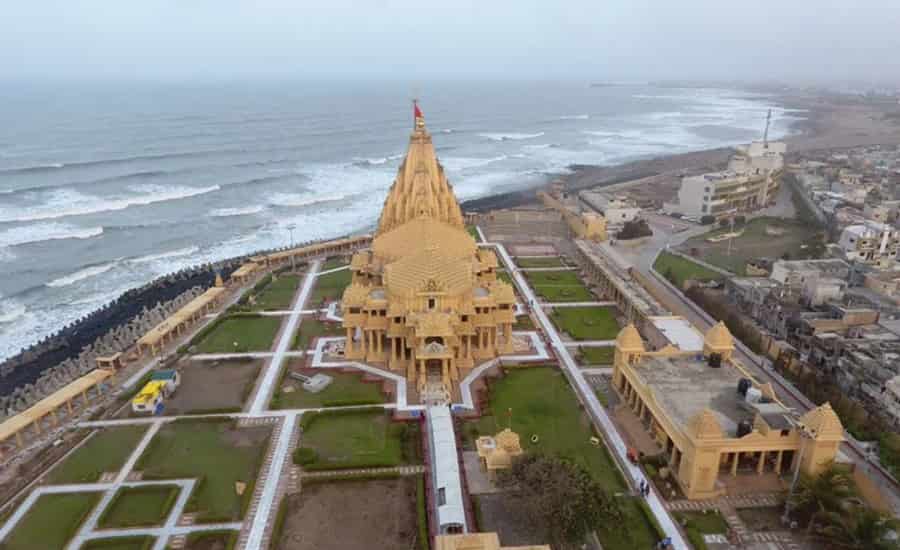
The Somnath temple is one of the oldest temples in India and is the first among the 12 Jyotirlingas of Lord Shiva. The temple is considered sacred and holy due to many legends connected to it in many different ways. The word Somnath means “Lord of the Soma”. This temple is located in Gujarat, India. This temple has been destroyed many times in history, but it was rebuilt each and every time and the Hindus never lost their faith in it. It has a very large follower and also receives a large amount of donation every year.
8- Meenakshi Amman Temple
- Location: Madurai, Tamil Nadu.
- Cultural Importance: A significant symbol of Tamil heritage and devotion to Goddess Meenakshi.
- Architecture: Renowned for its stunning gopurams (gateway towers) and intricate carvings.
- Wealth: Receives large donations, contributing to its maintenance and rituals.
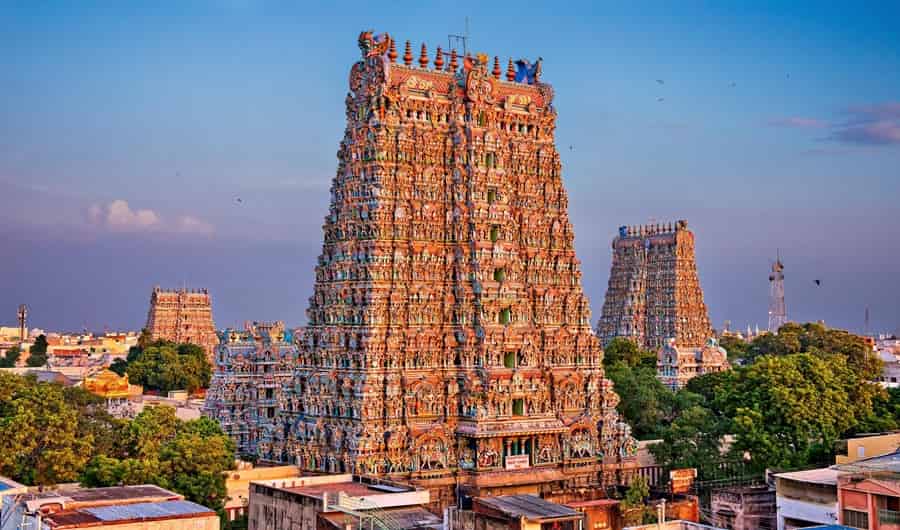
Meenakshi Amman Temple is a very history temple located in Tamil Nadu, India. This temple is dedicated to Mata Parvati who was also known as Meenakshi. This temple forms a heart and lifeline of 2500-year-old city Madurai and is a significant symbol of Tamil people. It has a large following in India and this is worshiped the most in Tamil Nadu. It also gets a large amount of money through donation every year which brought this in this list.
9- Jagannath Temple
- Location: Puri, Odisha.
- Historical Significance: An ancient temple dedicated to Lord Jagannath, part of the Triad with Balabhadra and Subhadra.
- Wealth: Land holdings and donations support its activities, particularly during festivals.
- Festivals: Famous for the annual Rath Yatra, attracting millions of devotees.
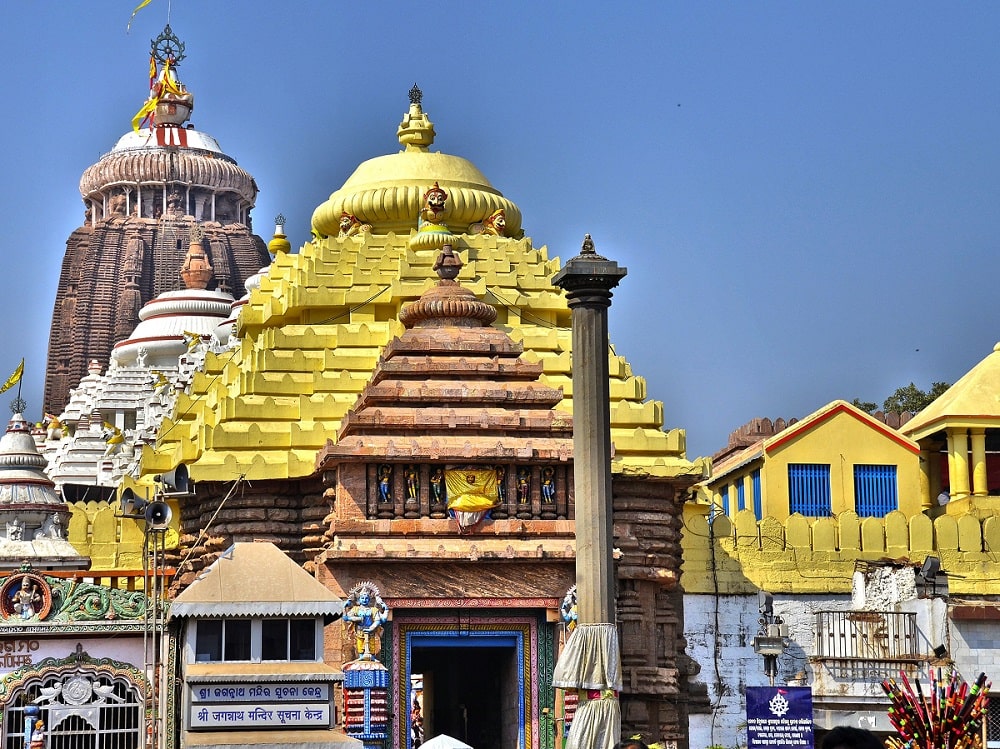
This is also one of the oldest temples in India and one of the richest temples of Lord Jagannath which is located in Odisha. Although the daily collection of the temple is on the lower side, but there are thousand acres of land which is donated by many Kings and former landlords which brings this temple into this list.
10- Kashi Vishwanath Temple
Kashi Vishwanath temple is a Hindu temple dedicated to Lord Shiva. This temple is located in Varanasi, India. The temple is on the western bank of the Holy Ganga and is one of the 12 Jyotirlingas of Lord Shiva. Although its daily collection is not as much as other rich temples in India but this still holds a place in this list.

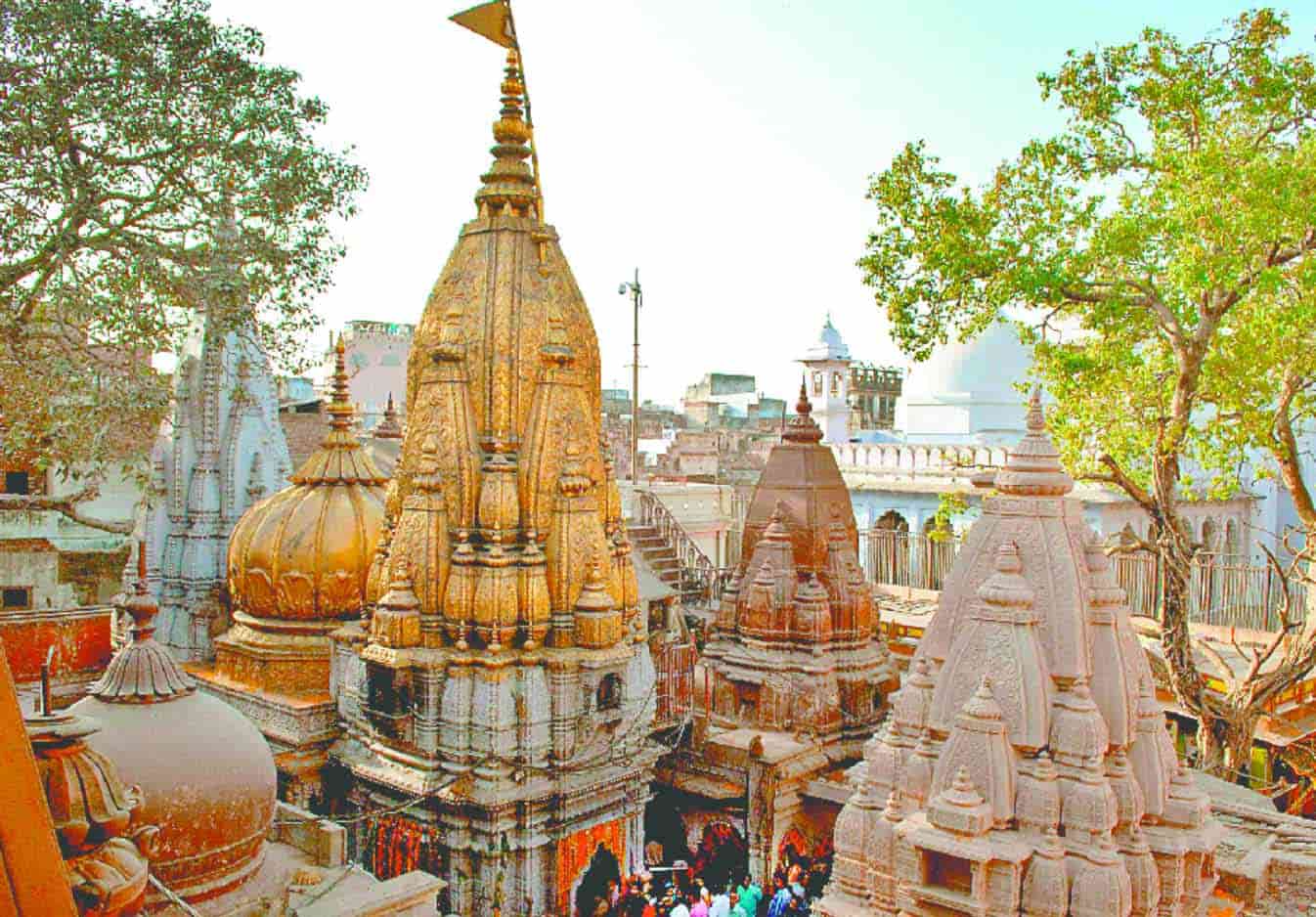
 Call
Call WhatsApp
WhatsApp Enquiry
Enquiry